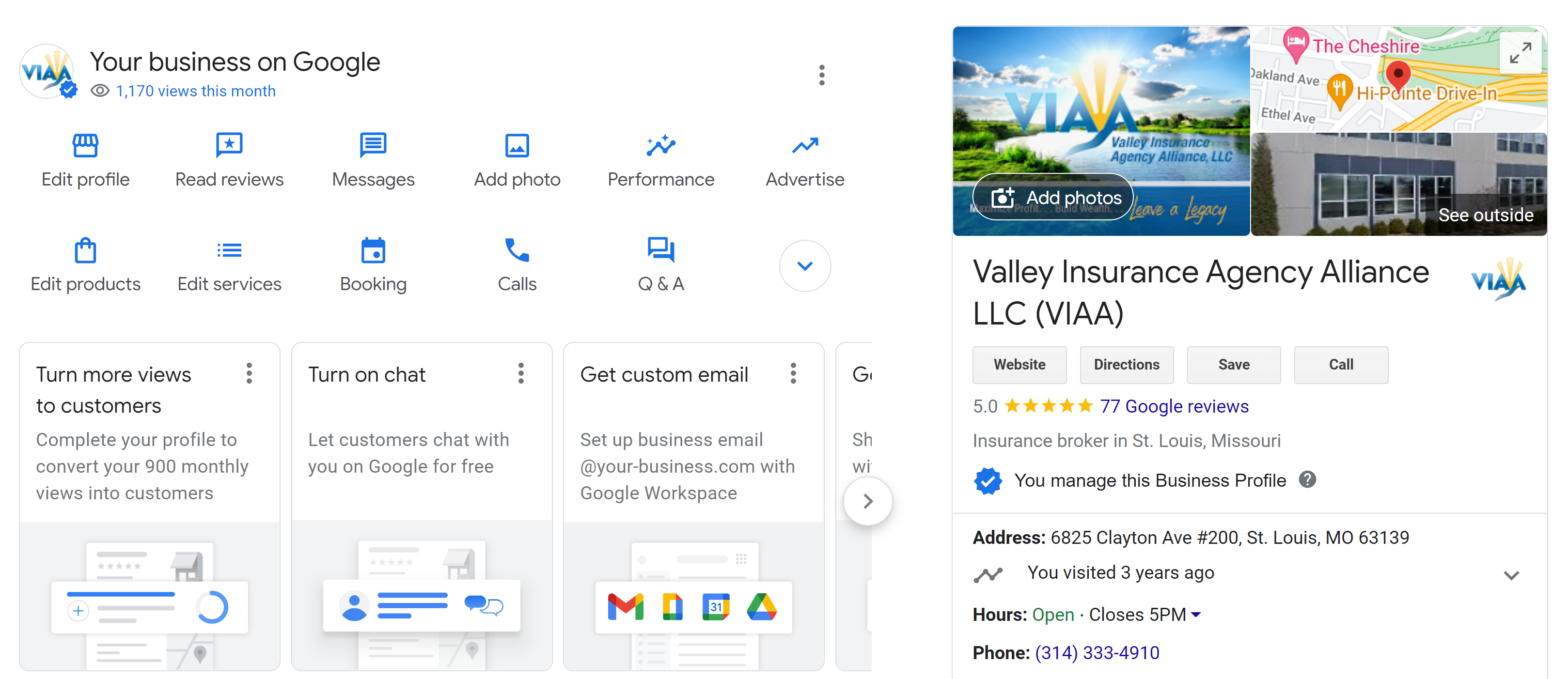Don’t pay out-of-pocket to rebuild a home.
When determining if an insured has adequate insurance coverage for their home, it’s important to understand the subtle differences between home valuation terms.
- Market Value reflects the price a buyer is willing to pay for the home when considering the location, the desirability of the neighborhood, the quality and proximity of schools and other services, in addition to the features and amenities within the home itself.
- Appraisal Value is determined by an unbiased professional and is usually requested by a lender to make sure a homeowner doesn’t borrow more than the value of the home –since the home is used as collateral for the mortgage.
- Assessed Value is assigned by the local government municipality to a residence for tax purposes. This value tends to be lower than Market and Appraisal values.
- Replacement Cost is calculated by your insurance carrier to determine the expense involved to rebuild your home after a significant loss to the same condition prior to the loss, in its current location.
Marshall & Swift/Boeckh (MSB), one of the leading providers of building cost data, reports that nearly two-thirds of Americans underinsure their homes. Rebuilding a destroyed home is almost always more expensive than building a comparable new one, considering demolition costs, complexities of reconstruction, and required upgrades to meet current local codes and ordinances.
When comparing policies, it’s important to distinguish levels of replacement cost. Many insurance carriers offer basic replacement cost for the exact limit on the policy or extended replacement cost to cover a certain percentage above the policy limit.
How Homes May Be at Risk
- A home is insured at $500,000. After an electrical fire causes a total loss, it appears that it will actually cost $1 million to rebuild because of increased construction costs.
- A fire destroys a $1 million home which sits on two acres of land. In order to comply with local fire prevention ordinances, the home has to be moved 3 feet which will cost an additional $1 million –as much as rebuilding it to its original state.
If a home is not insured with replacement cost coverage, especially extended replacement cost coverage, the residence is likely to be underinsured if there is a total loss. The insured would be responsible for the additional costs to rebuild their home above the insured amount. Is that a risk you’re willing to recommend to your clients to have them take?



